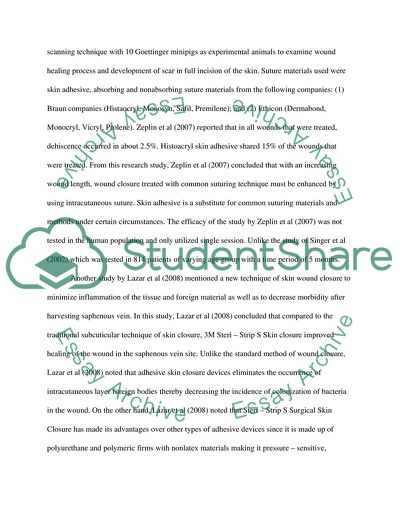Cite this document
(“Compare and contrast literature regarding primary closure of surgical Essay”, n.d.)
Retrieved from https://studentshare.org/miscellaneous/1546475-compare-and-contrast-literature-regarding-primary-closure-of-surgical-wounds-and-its-effect-in-wound-healing
Retrieved from https://studentshare.org/miscellaneous/1546475-compare-and-contrast-literature-regarding-primary-closure-of-surgical-wounds-and-its-effect-in-wound-healing
(Compare and Contrast Literature Regarding Primary Closure of Surgical Essay)
https://studentshare.org/miscellaneous/1546475-compare-and-contrast-literature-regarding-primary-closure-of-surgical-wounds-and-its-effect-in-wound-healing.
https://studentshare.org/miscellaneous/1546475-compare-and-contrast-literature-regarding-primary-closure-of-surgical-wounds-and-its-effect-in-wound-healing.
“Compare and Contrast Literature Regarding Primary Closure of Surgical Essay”, n.d. https://studentshare.org/miscellaneous/1546475-compare-and-contrast-literature-regarding-primary-closure-of-surgical-wounds-and-its-effect-in-wound-healing.


